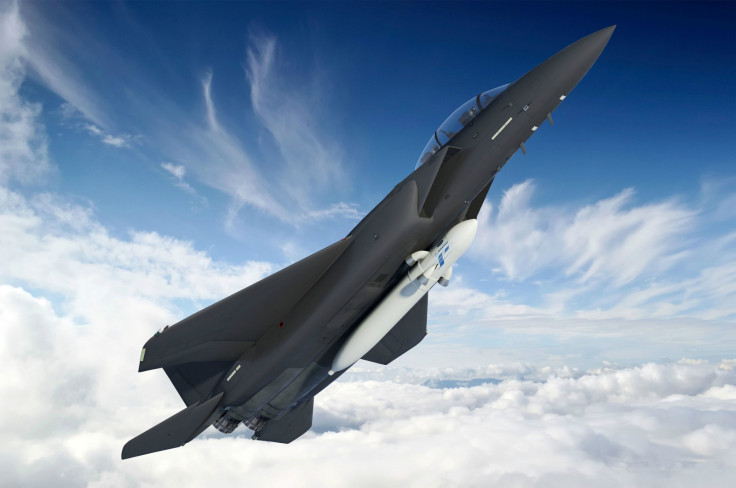DARPA plans to launch satellites into space from fighter jets

The US Defence Advanced Research Projects Agency (DARPA) is developing a low-cost and convenient method of launching satellites into space using military jets.
The Airborne Launch Assist Space Access (ALASA) program would cut the time taken for scheduling satellite launches from months down to hours.
"We've made good progress so far toward ALASA'a ambitious goal of propelling 100-pound satellites into low-Earth orbit within 24 hours of call-up, all for less than $1m per launch," said Bradford Tousley, director of DARPA's Tactical Technology Office.
"We're moving ahead with rigorous testing of new technologies that we hope one day could enable revolutionary satellite launch systems that provide more affordable, routine and reliable access to space."
This low-cost method of launch could provide a significant boost to plans to create a web of low-Earth orbit satellites that deliver internet access across the globe.
Several high-profile tech firms, including Facebook, Google and SpaceX are currently developing their own internet satellites, which aim to connect people in rural and remote areas.
Elon Musk, the founder and CEO of SpaceX, is reportedly working on a fleet of 700 micro satellites at a cost of around $1bn.
Current methods of launching satellites involve scheduling years in advance at a limited number of launch locations.
"Alasa seeks to overcome the limitations of current launch systems by streamlining design and manufacturing and leveraging the flexibility and re-usability of an air-launched system," said Mitchell Burnside Clapp, DARPA program manager for ALASA.
"We envision an alternative to ride-sharing for satellites that enables satellite owners to launch payloads from any location into orbits of their choosing, on schedules of their choosing, on a launch vehicle designed specifically for small payloads."
© Copyright IBTimes 2025. All rights reserved.






















